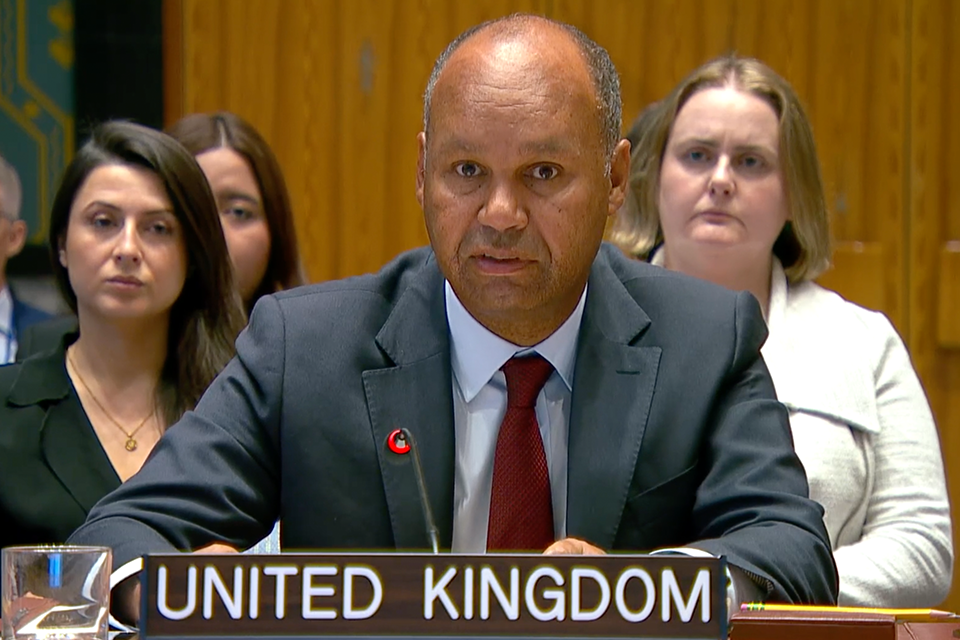Mobile phones connected to 4G and 5G networks across the country will receive the alert at approximately 3pm on Sunday 7 September. During the test, phones will vibrate and emit a loud, siren-like sound for up to ten seconds. A message will appear on screen, making it clear the alert is a drill and that no action is needed.
The drill follows the live deployment of the system in Northern Ireland during Storm Éowyn in January this year. UK Government minister Pat McFadden authorised that message to help save lives after widespread red weather warnings were issued. Approximately 4.5 million mobile phones received the alert, in the largest-ever live deployment of the system.
Hilary Benn, Secretary of State for Northern Ireland, said
We saw the Emergency Alert system’s value first-hand during Storm Éowyn in January and this test will be important in making sure we are prepared for future emergencies
We need to ensure the system is working effectively so people in Northern Ireland get critical information when lives are on the line.
Storm Éowyn, an intense extratropical cyclone, struck Northern Ireland on Friday 24 January 2025. A red wind warning was issued by the Met Office for the entire region for the peak of the storm. The Emergency Alert was broadcast at approximately 6pm on 23 January 2025, warning of the threat to life posed by the storm and urging people to stay indoors.
During the national test on September 7, mobile phones will vibrate and emit a loud siren-like sound for up to ten seconds. A test message will appear on screens, making it clear the alert is a drill.
Ahead of the test, the government is running a public information campaign to notify people it is taking place, including communications targeted at vulnerable groups such as victims of domestic abuse. The campaign has featured the first national information video in British Sign Language.
Last week, the full text of the test message was revealed for the first time, saying
This is a test of Emergency Alerts, a UK government service that will warn you if there’s a life-threatening emergency nearby.
You do not need to take any action. In a real emergency, follow the instructions in the alert to keep yourself and others safe.
Find simple and effective advice on how to prepare for emergencies at gov.uk/prepare.
Visit gov.uk/alerts for more information or to view this message in Welsh. Ewch i gov.uk/alerts am ragor o wybodaeth neu i weld y neges hon yn y Gymraeg.
This second test follows a government commitment to test the system regularly to make sure it works optimally and familiarise the public with the alerts. This is in line with standard practice in other countries, such as Japan and the USA.
As well as making clear the test is just a drill, the message will point the public to GOV.UK/PREPARE, a one-stop website offering practical advice about steps households can take to prepare for emergencies.







